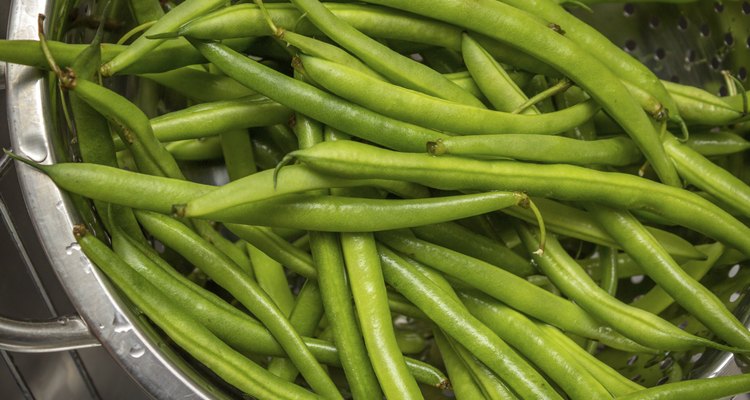
qualitygurus/iStock/Getty Images
The U.S. Department of Agriculture states that every day, adults should have 2 to 3 cups of vegetables, depending on their gender and age. Children's requirements are similar, but also vary. Unfortunately, the 2010 report on the dietary habits of Americans showed that most people were getting only 59 percent of the vegetables they should. Sugar snap peas and green beans, whether fresh, frozen or canned, can be easy to prepare and can help boost your vegetable intake.
Calories, Fat and Sodium
Three-fourths of a cup of fresh sugar snap peas, one serving, has just 35 calories and no fat. It contains 140 mg of sodium, which is about 6 percent of the recommended daily value. The same amount of fresh green beans has 20 calories and zero fat, but has the bonus of being sodium-free, too.
Nutrients
Both vegetables are high in nutrients. The 3/4-cup serving of sugar snap peas gives you 2 g of protein, about 4 percent of the recommended daily value. It provides 2 percent of your recommended vitamin A, 4 percent of your calcium, and 8 percent of iron. It excels with vitamin C, giving you a full 30 percent of what you need every day.
Green beans provide you with 1 g of protein, 4 percent of both vitamin A and calcium, and 2 percent of iron. When it comes to vitamin C, you get 10 percent of your recommended daily value.
Fiber
Sugar snap peas and green beans are both good sources of fiber. The peas have 2 g, or about 8 percent of what you should have every day, and the beans have 3 g, for 12 percent of your recommended daily intake. Fiber is an important part of your diet because it provides roughage and helps your body digest food. It is also beneficial if you're watching your weight, because it fills you up faster with relatively fewer calories. MedlinePlus warns, though, that if you're not used to eating too much fiber, start adding it slowly to your diet. If you eat too much, too soon, you can suffer from bloating and cramps, and it can cause flatulence.
Fresh, Frozen or Canned?
The grocery store is full of options for your vegetable shopping. You can get your sugar snap peas and green beans in the produce aisle or the frozen foods section, and green beans are also available in the canned foods department. Medline Plus recommends fresh vegetables, saying that they retain more nutrients than frozen or canned. If you can't get fresh green beans, try to get frozen; canned vegetables typically have a lot of sodium added. If you have to get canned beans, look for low- or no-sodium varieties.
Preparation
MedlinePlus encourages people to steam their vegetables, as steaming locks in more nutrients. Boiling, on the other hand, can leach out important vitamins and minerals. Steamed sugar snap peas and green beans make a bright, crisp side dish or a different addition to a salad. Take care in your preparation not to add too much salt or fats.
Related Articles

How to Live on a Diet With No Solid Food
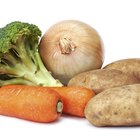
Do Boiled Vegetables Still Have Fiber?

Which Is Highest in Fiber: Carrots, ...
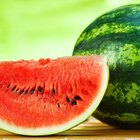
List of Foods With a High Water Content
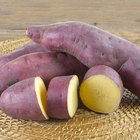
Difference in Sugar Content of Sweet ...
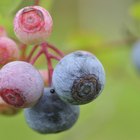
Nutrition Information on Blueberries
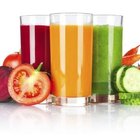
Nutrition Drinks for Diabetics

What Is Agave Syrup?
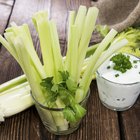
Vegetables That Contain Salt

The Sugar in Mangoes

How Many Calories Do Oats Contain?
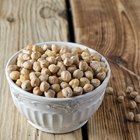
List of Vegetables That Contain Protein ...

How to Trim Sugar Snap Peas

Low Carb Peanut Butter Snacks
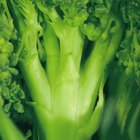
If I Puree Raw Vegetables Will That ...
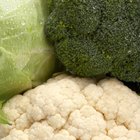
How to Steam Cauliflower & Broccoli
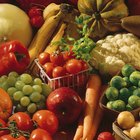
How to Make Raw Vegetable Puree

How to Refresh Dried Fruits: Raisins

How to Cook a Pot Roast on the Stovetop

How to Substitute Splenda for Sugar
References
Resources
Writer Bio
Denise Kelly is the copy editor for a small publisher in Paris, France. Before that she was a copy editor at daily newspapers, starting in graduate school. She has been writing professionally since 1996. She has a Master of Science in journalism and a Bachelor of Arts in political science.
Photo Credits
qualitygurus/iStock/Getty Images